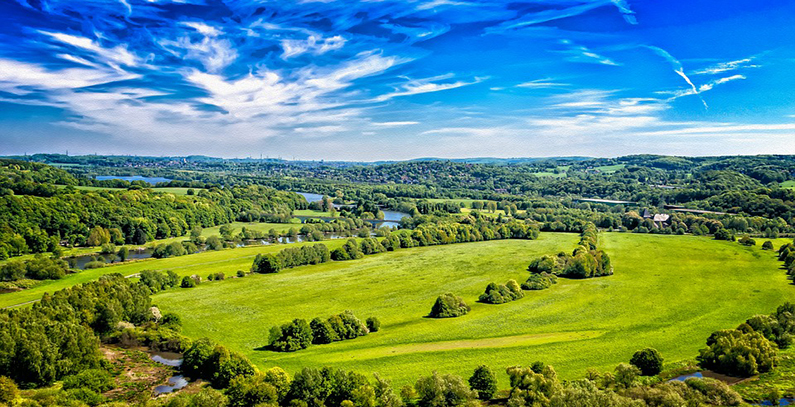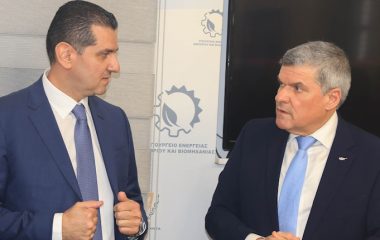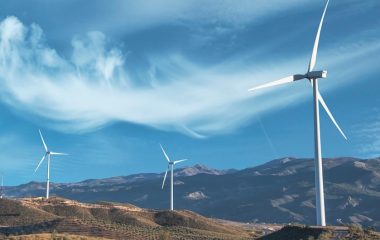
Photo: Pixabay
The European Commission has issued two guidance documents on how energy transmission infrastructure and hydropower can be made to operate in accordance with the requirements of the Habitats and Birds Directives.
Two guidance documents have been published as part of the EU Action plan for nature, people and the economy.
“Guidance documents offer practical recommendations to guarantee that renewable energy developments do not pose further threat to our species, habitats and Natura 2000 sites. By allowing everybody involved in the preparation of renewable energy projects to consider environment early in the process, they will facilitate projects that work with nature, and not against it,” Karmenu Vella, EU Commissioner for Environment, Fisheries and Maritime Affairs, said.
The guides are designed primarily for use by Member States competent authorities, project developers, scientific experts and consultants, Natura 2000 site managers, non-governmental organizations and any other stakeholders involved in the planning and approval process of energy projects in accordance with the requirements of the EU environmental legislation.
The “Energy transmission infrastructure and EU nature policy” provides examples of best practice and mitigation measures to help ensure that activities related to energy transmission and distribution facilities for electricity, gas, and oil are compatible with EU environmental policy in general and nature legislation in particular. It will, therefore, support the implementation of the TEN-E Regulation.
Southeast Europe and “hydropower tsunami”
The guidance document “The requirements for hydropower in relation to EU Nature legislation” examines the effects hydropower activities might have on the environment and illustrates, through a series of practical experiences, how these can be avoided or at least minimized under a range of different conditions.
According to a study Financing for hydropower in protected areas in SEE: 2018 update by CEE Bankwatch Network, out of the 2,112 planned or operational hydropower projects across southeast Europe (SEE) since 2005, at least 735 are in protected areas or internationally recognized areas of high biodiversity value. The report investigated a situation in Albania, Bosnia and Herzegovina, Bulgaria, Croatia, Kosovo*, Macedonia, Montenegro, Serbia, and Slovenia.
The study is an update 2015 research to find out who is financing “hydropower tsunami” in SEE region.









Be the first one to comment on this article.